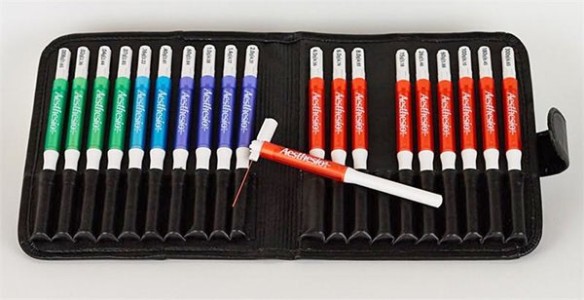Authors
O. Kopach, V. Viatchenko-Karpinski, FE. Atianjoh, F. Belan, YX. Tao and N. Voitenko
Lab
State Key Laboratory of Molecular and Cellular Biology, Bogomoletz Institute of Physiology, Kiev, Ukraine.
Journal
Journal of Pain
Abstract
Abstract
Persistent inflammation promotes internalization of synaptic GluR2-containing, Ca2+-impermeable AMPA receptors (AMPARs) and insertion of GluR1-containing, Ca2+-permeable AMPARs at extrasynaptic sites in dorsal horn neurons. Previously we have shown that internalization of synaptic GluR2-containing AMPARs requires activation of spinal cord protein kinase C alpha (PKCα), but molecular mechanisms that underlie altered trafficking of extrasynaptic AMPARs are unclear. Here, using antisense (AS) oligodeoxynucleotides (ODN) that specifically knock down PKCα, we found that a decrease in dorsal horn PKCα expression prevents complete Freund's adjuvant (CFA)-induced increase in functional expression of extrasynaptic Ca2+-permeable AMPARs in substantia gelatinosa (SG) neurons of the rat spinal cord. Augmented AMPA-induced currents and associated [Ca2+]i transients were abolished, and the current rectification 1 day post-CFA was reversed. These changes were observed specifically in SG neurons characterized by intrinsic tonic firing properties, but not in those that exhibited strong adaptation. Finally, dorsal horn PKCα knockdown produced an antinociceptive effect on CFA-induced thermal and mechanical hypersensitivity during the maintenance period of inflammatory pain, indicating a role for PKCα in persistent inflammatory pain maintenance. Our results indicate that inflammation-induced trafficking of extrasynaptic Ca2+-permeable AMPARs in tonically firing SG neurons depends on PKCα, and that this PKCα-dependent trafficking may contribute to persistent inflammatory pain maintenance.
BIOSEB Instruments Used
Von Frey Filaments (Bio-VF-M)
Source :
http://www.jpain.org/article/S1526-5900%2812%2900881-4/abstract

 Pain - Thermal Allodynia / Hyperalgesia
Pain - Thermal Allodynia / Hyperalgesia Pain - Spontaneous Pain - Postural Deficit
Pain - Spontaneous Pain - Postural Deficit Pain - Mechanical Allodynia / Hyperalgesia
Pain - Mechanical Allodynia / Hyperalgesia Learning/Memory - Attention - Addiction
Learning/Memory - Attention - Addiction Physiology & Respiratory Research
Physiology & Respiratory Research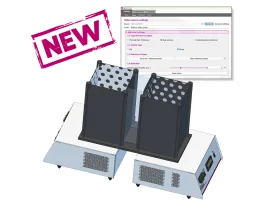
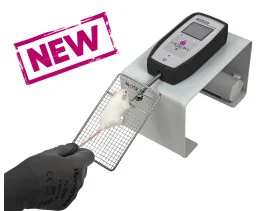
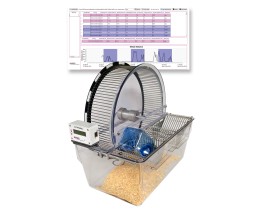

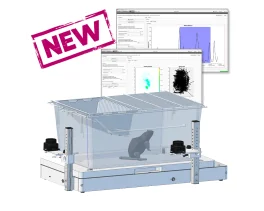
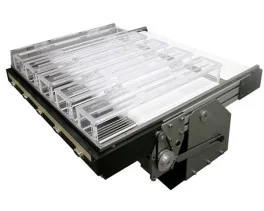
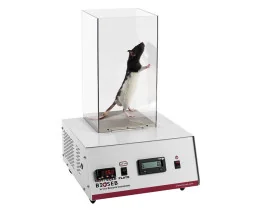
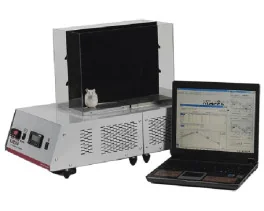

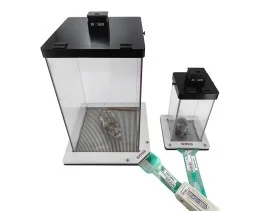

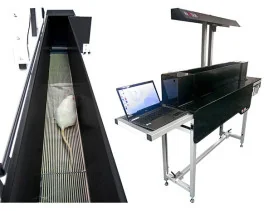
![Dynamic Weight Bearing 2.0 – Postural Module [Add-on]](https://bioseb.com/733-home_default/dynamic-weight-bearing-20-add-on-postural-module.jpg)
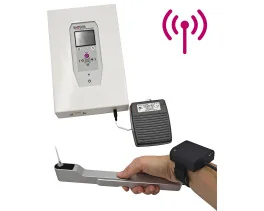
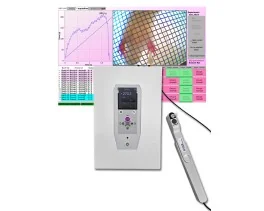

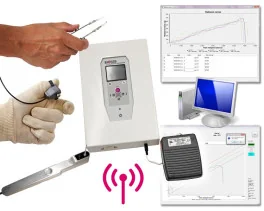

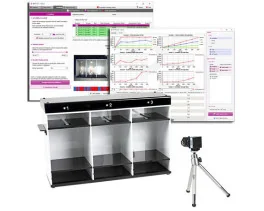
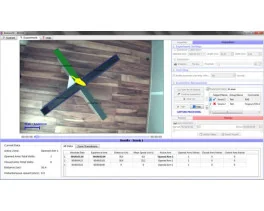
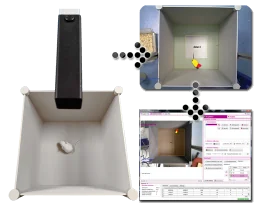


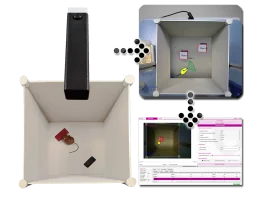

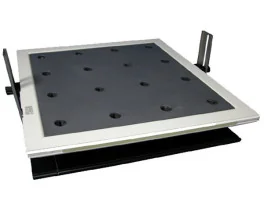


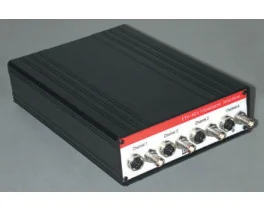
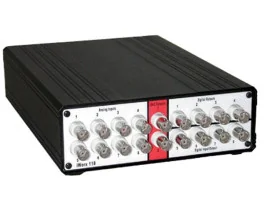
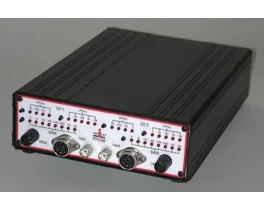
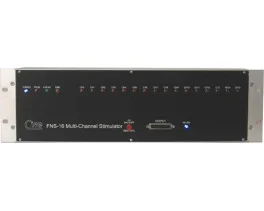
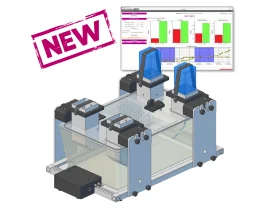
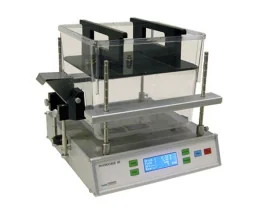
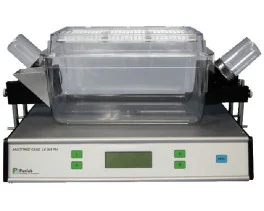
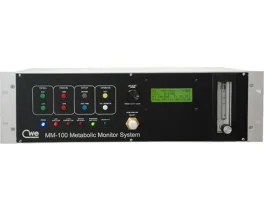
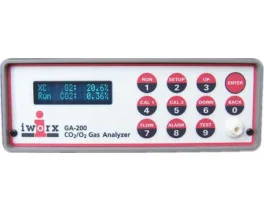
 Pain
Pain Central Nervous System (CNS)
Central Nervous System (CNS) Neurodegeneration
Neurodegeneration Sensory system
Sensory system Motor control
Motor control Mood Disorders
Mood Disorders Other disorders
Other disorders Muscular system
Muscular system Joints
Joints Metabolism
Metabolism Cross-disciplinary subjects
Cross-disciplinary subjects CONFERENCES & MEETINGS
CONFERENCES & MEETINGS 